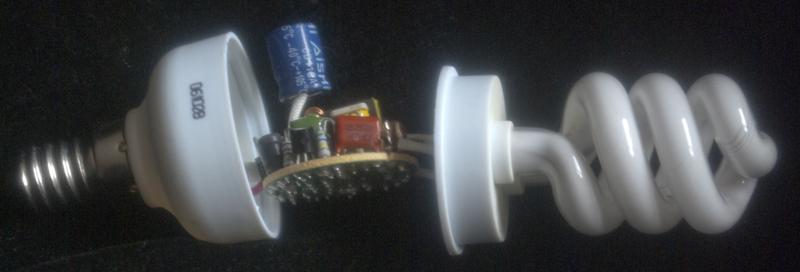Dear electric diynot gurus,
I've looked on the wiki and the how to part. I couldn't find the information I needed.
Is it safe to connect a CFL bulb bayonet fitting straight to the mains?
I have also seen in the diagrams the earth wire is connected. When I look in the bulb fitting there is no hole for the earth!
I really don't want to:
a) burn the house down.
b) electrocute myself.
Thank you for any help.
I've looked on the wiki and the how to part. I couldn't find the information I needed.
Is it safe to connect a CFL bulb bayonet fitting straight to the mains?
I have also seen in the diagrams the earth wire is connected. When I look in the bulb fitting there is no hole for the earth!
I really don't want to:
a) burn the house down.
b) electrocute myself.
Thank you for any help.


